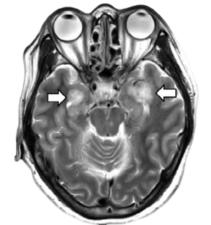ICNA PRESIDENT-ELECT ELECTIONS 2024
ICNA President-Elect Elections 2024 are currently underway. All eligible voters (ICNA Full Members) have been emailed their unique voting credentials. All voting is done via the secure platform at https://icnapedia.org/pe2024. The voting site will remain open until 2400hrs GMT on 1 May 2024.

 Evidence seems to be accumulating which suggests that Coronavirus 2 (SARS-CoV-2) could affect the central nervous system and might contribute to the respiratory failure seen in these patients.
Evidence seems to be accumulating which suggests that Coronavirus 2 (SARS-CoV-2) could affect the central nervous system and might contribute to the respiratory failure seen in these patients.